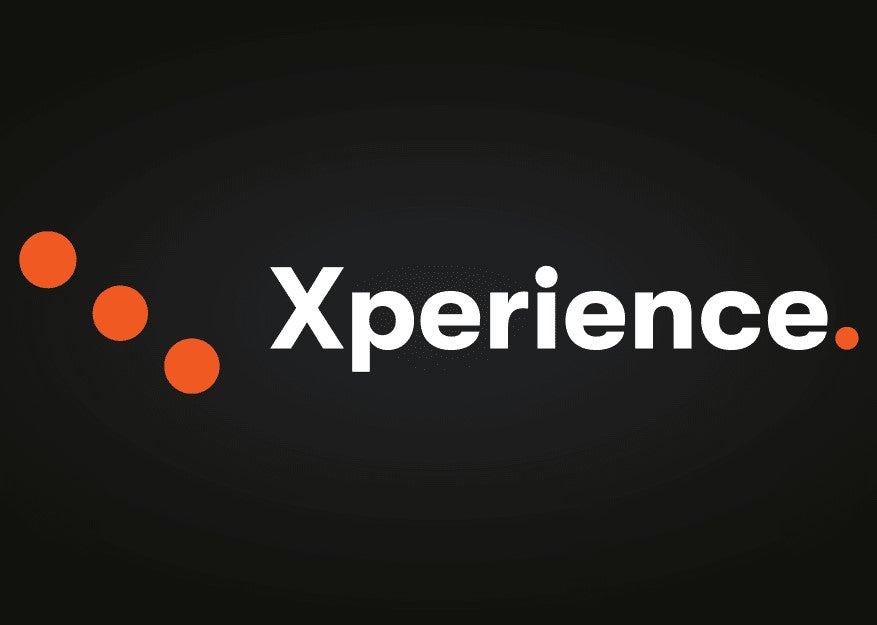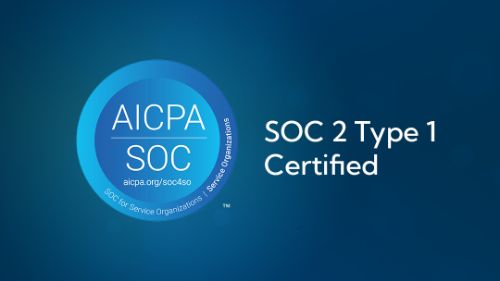
As digital marketers, we are pretty used to change cropping up from time to time in our industry - especially over the last decade or so. From the times when we started teaching ourselves how to write code - just to get the job done without having to push campaigns through an always overtaxed IT department - through the explosion of the mobile-centric web, our world has continuously changed beneath our feet. Sometimes the changes are more obvious, sometimes less, but all of them end up being monumental in some way. And most of the time we spend countless hours simultaneously trying to identify just what is going on and preparing for what is coming next. This is one of those times.
We have all been running fast alongside an industry that is changing on a foundational level, as the center of businesses’ marketing ecosystems has moved away from the front-facing website and into a world with a much wider gamut of content channels, devices, platforms, and contexts - and all of them are important. So important that most businesses cannot afford to miss the opportunities they have to offer, even while these businesses are struggling to become familiar with what all the opportunities are.
During this time, marketing has coexisted in the technology space with IT, a field that values stability, security, and predictability. It has been an uneasy coexistence, to say the least. I do not think I have to ask anyone to imagine how frustrating it is to try to support the ever-evolving needs of digital marketing user expectations from a platform that may have been chosen for its stability or credentials at the detriment to its features or flexibility. We have all lived it. For as long as digital marketing has been a thing, IT and marketing departments have found themselves in an almost unending cycle of system evaluation, negotiation, purchase and implementation, migration, and optimization, followed almost immediately with another round of the same process. It is like the analogy of painting a bridge - once you have painted to the other side, it is time to start again.
The recent release of Kentico’s Xperience 13 is exciting for many reasons. It is a fantastic platform that is technically sound, easy to use, and full of innovative features. But the biggest reason that I think Xperience 13 is a big deal is for the potential it holds to reconcile this constant struggle between the priorities of IT and Marketing.
If we step back a bit and look at the roadmap of Kentico Xperience, starting with the last version, Kentico released Xperience 12 as the first version of their platform to fully support MVC as its primary development model, moving toward a decoupled architecture that allowed greater independence between the back-end platform that supported the website and the front-end application that drove the user experience. This independence was a great first step toward allowing Marketing and IT concerns to coexist with less conflict. As adoption of the MVC approach in version 12 ramped up, Kentico offered more insight into their plans for the future of the platform, with some very exciting goals, including full support of .NET Core and package-based updates that are more frequent, modular, and less disruptive.
Xperience 13 represents the commitment to that roadmap. BlueModus was able to build our first .NET Core website on a pre-release version of Xperience 13 before its official release, and we are continuing to discover and leverage new features in the platform months later. From the tech side of things, the changes are huge, and we could fill multiple articles with the exciting features and modern approaches that Kentico has brought to the table. We and plenty of others have and will continue to do exactly that. Kentico has referred to these changes and this ongoing roadmap as the “modernization” of Xperience and while they aren’t wrong, the practical outcomes of that modernization have a pretty clear theme. Consider this:
- The decoupled nature of the MVC development model means that front-end applications are much more independent of the platform itself, offering greater flexibility and fewer restrictions to what marketing teams can achieve without the need to customize or deal with dependencies of the core platform.
- .NET Core is a modern dependable framework, created by Microsoft and trusted by countless organizations. It is also open-source and cross-platform, allowing for installation and management of Xperience in whatever infrastructure your IT team has vetted and is comfortable supporting.
- Xperience 13 will be the last “numbered” version release of the Xperience platform. Package-based updates mean that individual features and modules within the platform can be independently added or updated without disrupting the core platform. Additionally, Xperience itself will be updated with much more frequent and iterative “refreshes”, which will happen nearly automatically, the way apps on your phone are updated today.
IT gets to use their preferred infrastructure, whatever that might be. They get a lightweight and stable central platform that does not require customization or dependency-wrangling to continue supporting the evolving needs of users. They do not have to deal with monolithic update cycles so disruptive that they need their place in the annual budget.
Meanwhile, Marketing gets the freedom to define user experiences as they see fit without worry about dependencies or limitations in the platform. Individual modules or features can be added or updated without disrupting the rest of the ecosystem. The platform itself will be more frequently and iteratively updated, better responding to the needs of the market in real-time as new channels and technologies emerge, without having to wait for an annual update cycle or fight about whose budget that upgrade effort comes out of.
I am uncharacteristically resistant to hyperbole for someone in marketing technology, but what I have just described sounds to me like a real-life version of the blissful marriage between IT and Marketing that so many other platforms have tried unsuccessfully to sell before; and we are seeing it now. When you start considering what else you can do with the time and money usually spent on maintenance and upgrades, what you can accomplish when your marketing team’s goals are not at odds with the security or stability that your IT team has been charged with protecting, and what possibilities will be open to you when new features are added to your DXP within weeks or months of becoming relevant instead of years, it is impossible not to get excited.
As digital marketing continues to navigate through an uncertain present - let alone an unmappable future - Xperience 13 not only gives you the foundation to adapt and innovate quickly and efficiently. It does so with the potential to be fundamentally transformative to how your organization approaches its goals. Calling that a big deal may be an understatement.










